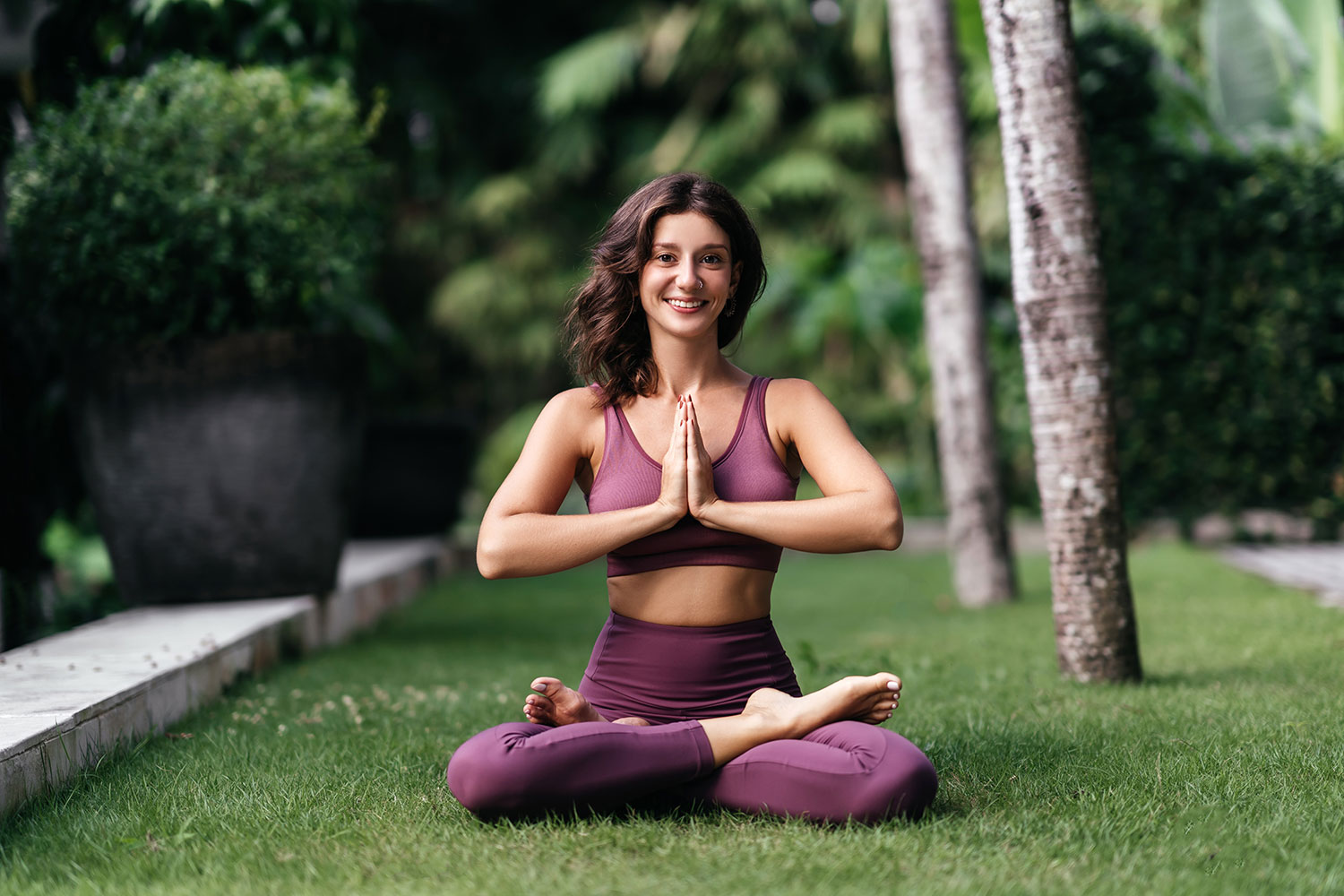Breathing is a fundamental aspect of yoga that often goes unnoticed by beginners but is deeply appreciated by seasoned practitioners. Pranayama, the practice of breath control, is one of the most powerful tools in yoga, playing a crucial role in enhancing both the physical and mental aspects of the practice. Understanding and mastering pranayama can significantly improve overall health and well-being.
The Essence of Pranayama
Pranayama is derived from two Sanskrit words: “prana,” meaning life force or vital energy, and “ayama,” meaning extension or control. Thus, pranayama refers to the regulation of breath, which is considered the bridge between the body and the mind. It involves various techniques that manipulate the breath to achieve specific outcomes, such as relaxation, increased energy, or mental clarity.
Enhancing Yoga Practice through Pranayama
- Improving Concentration and Focus
Breathing techniques help to calm the mind and bring it into a state of focus. By concentrating on the breath, practitioners can quiet the mental chatter and enhance their ability to stay present. This heightened state of awareness allows for a deeper connection with the body during asanas (physical postures), leading to a more mindful and effective practice.
- Enhancing Physical Performance
Proper breathing ensures that the body receives adequate oxygen, which is vital for muscle function and overall energy levels. Controlled breathing techniques can also help to maintain a steady heart rate and reduce the perception of effort during challenging poses. This can lead to improved endurance, flexibility, and strength.
- Facilitating Stress Relief
One of the most immediate benefits of pranayama is its ability to reduce stress and anxiety. Techniques such as deep diaphragmatic breathing, alternate nostril breathing (Nadi Shodhana), and the extended exhalation (Ujjayi) activate the parasympathetic nervous system, promoting a state of relaxation. This can be particularly beneficial for those who use yoga as a means to manage stress in their daily lives.
- Detoxifying the Body
Breath control helps in the expulsion of toxins from the body. Deep and rhythmic breathing increases the intake of oxygen and the release of carbon dioxide, which can aid in the detoxification process. Enhanced circulation from pranayama also helps in flushing out impurities and promoting better organ function.
- Balancing Energy Levels
Different pranayama techniques can be used to either invigorate or calm the body. For example, Kapalabhati (Skull Shining Breath) is a stimulating technique that can increase energy levels and clarity, while Chandra Bhedana (Left Nostril Breathing) has a cooling and calming effect. By learning to control the breath, practitioners can manage their energy levels more effectively, aligning them with their needs and activities.
Pranayama for Overall Health
Beyond enhancing yoga practice, pranayama offers numerous health benefits that contribute to overall well-being:
- Improved Respiratory Function: Regular practice strengthens the respiratory system, increases lung capacity, and improves the efficiency of oxygen exchange.
- Better Cardiovascular Health: By promoting relaxation and reducing stress, pranayama can help lower blood pressure and improve heart health.
- Enhanced Mental Health: The calming effects of pranayama can alleviate symptoms of anxiety, depression, and insomnia, leading to improved mental health.
- Boosted Immune System: Stress reduction and improved respiratory function contribute to a stronger immune system, helping the body to ward off illnesses.
Conclusion
Pranayama is a vital component of yoga that extends far beyond simple breath control. It is a powerful practice that enhances physical performance, mental clarity, and overall health. By incorporating pranayama into your yoga routine, you can unlock a deeper, more fulfilling practice and experience a profound sense of well-being. Whether you are a beginner or a seasoned yogi, exploring the various breathing techniques can transform your yoga journey and enrich your life.

